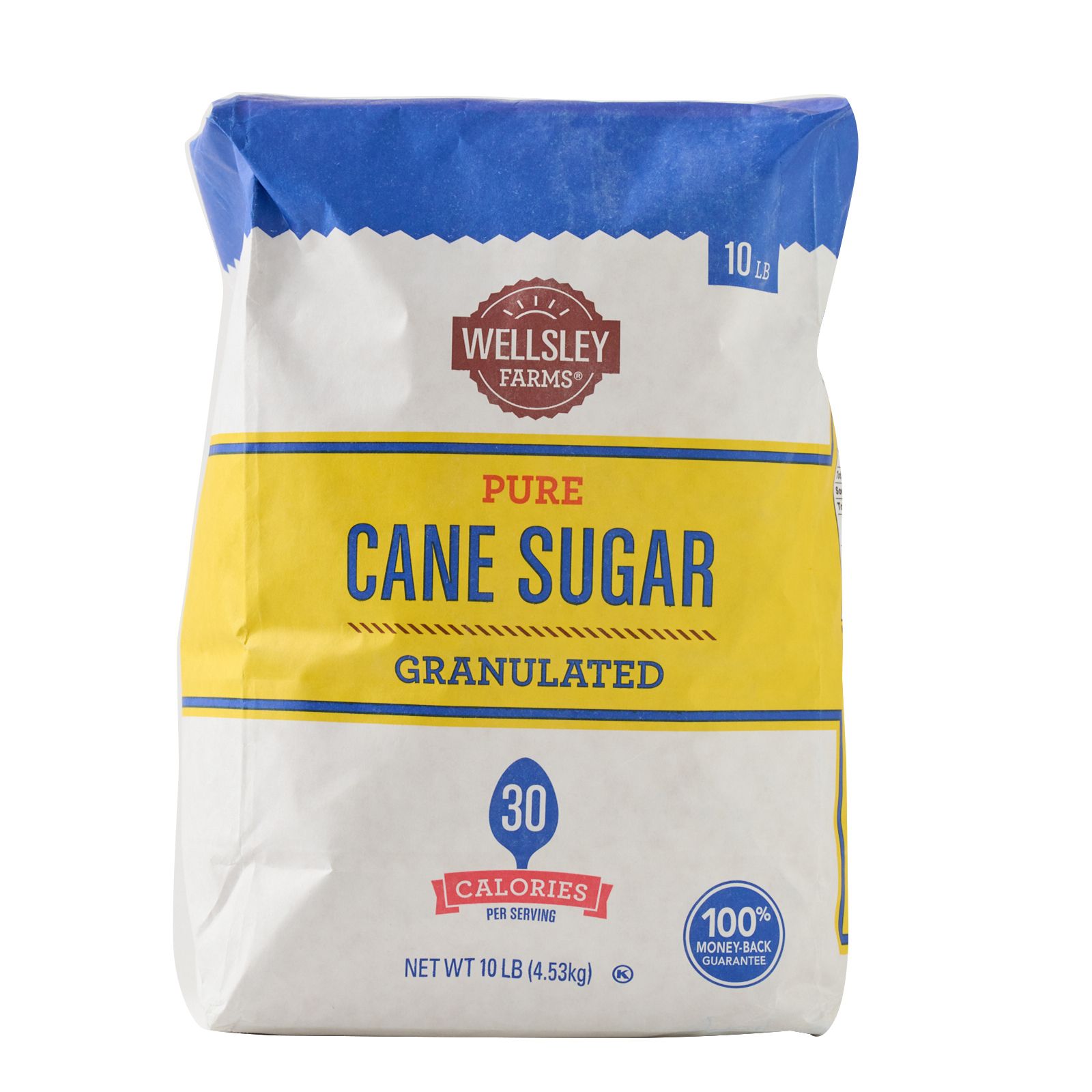Cane Sugar Processing: Traditional Methods and Modern Innovations
Cane Sugar Processing: Traditional Methods and Modern Innovations
Blog Article
Recognizing the Vital Strategies and Technologies Utilized in Modern Walking Cane Sugar Processing
The development of walking cane sugar handling has actually been significantly shaped by the integration of advanced techniques and technologies that address both efficiency and sustainability. As we explore these crucial developments, it ends up being vital to analyze how they not just boost manufacturing however likewise align with broader industry fads and consumer needs, increasing concerns about the future of sugar processing and its effects for worldwide markets.
Historical Context of Cane Sugar Processing
The historical context of cane sugar processing discloses a rich tapestry of farming development and social exchange that has shaped its growth over centuries. The process of improving and extracting sugar obtained energy in India, where techniques for condensation were improved around the 6th century.

Advanced Removal Techniques
Efficiency in cane sugar extraction has seen considerable advancements, driven by the need for higher yields and lower production expenses. This method not only boosts sugar return yet also minimizes the power needed for handling.
In addition, the adoption of membrane layer filtering modern technologies, such as nanofiltration and turn around osmosis, has actually changed the splitting up of sugar from contaminations. These approaches enable the selective permeation of sugar molecules while keeping larger contaminants, streamlining the extraction procedure and minimizing waste.
Moreover, the integration of continual removal systems has actually caused enhanced operational efficiency. Cane Sugar Processing. These systems maintain a constant circulation of walking stick material, guaranteeing optimal removal problems and minimizing downtime linked with batch processing
Cutting-edge Refining Technologies
Refining techniques in walking cane sugar handling have undertaken a transformative change, driven by the demand for higher pureness and improved item high quality. One of one of the most notable advancements is the fostering of membrane filtering innovations, such as ultrafiltration and nanofiltration. These processes successfully remove contaminations and colorants without the requirement for extensive chemical treatments, thereby preserving the sugar's natural flavor and boosting its appeal.
One more substantial innovation is using ion exchange materials, which permit discerning removal of undesirable ions from sugar remedies. This innovation not only enhances the overall pureness of the end product however likewise adds to decreased waste and environmental effect.
Additionally, innovations in adsorption strategies, making use of triggered carbon and other sophisticated materials, have proven effective in decolorizing sugar remedies while keeping optimal high quality. The combination of these innovative refining innovations makes sure that manufacturers can produce refined sugar with remarkable quality and preference, meeting the developing choices of customers.
Automation and Control Equipment
Current advancements in refining innovations have actually led the way for significant enhancements in automation and control systems within walking stick sugar processing facilities. These systems use advanced software application and hardware to boost functional her comment is here efficiency, reduce human error, and guarantee constant item quality.
Modern automation integrates various parts, consisting of sensing units, actuators, and programmable reasoning controllers (PLCs), allowing real-time surveillance and control of crucial processes. For example, stress, flow, and temperature prices can be exactly controlled during removal, explanation, and condensation stages, enhancing performance and decreasing waste.
In addition, progressed data analytics and artificial intelligence formulas play a critical role in anticipating maintenance, allowing drivers to expect tools failings prior to they occur. This aggressive technique not only lowers downtime however also expands the life expectancy of machinery.
In addition, automation assists in the implementation of Sector 4.0 principles, encouraging sugar mills to accomplish better connectivity and information exchange across procedures. Consequently, decision-making comes to be more enlightened and nimble, inevitably enhancing the total competitiveness of walking stick sugar production. With these innovations, the industry is well-positioned to fulfill expanding global needs while preserving functional excellence.
Sustainability Practices in Sugar Manufacturing
Sustainability techniques in sugar production have come to be increasingly crucial as the industry looks for to stabilize economic practicality with ecological obligation. As customer awareness grows pertaining to the environmental impacts of agricultural techniques, sugar manufacturers are embracing cutting-edge methods to decrease their environmental impact.
One substantial approach is the application of precision agriculture strategies, which make use of information analytics read the article to optimize resource usage, such as water and fertilizers. This reduces waste and lessens the influence on local environments. Additionally, many producers are transitioning to sustainable energy sources, such as biomass from sugarcane by-products, to power their procedures, therefore decreasing reliance on fossil fuels.
Water management methods are likewise vital; rain harvesting and effective watering systems assist mitigate water scarcity concerns. Cane Sugar Processing. Additionally, incorporated pest administration strategies minimize chemical usage, promoting biodiversity and dirt wellness
Company social duty campaigns are arising, with business buying regional communities and guaranteeing fair labor techniques. By welcoming these sustainability methods, the sugar market not only improves its track record however also adds to an extra sustainable agricultural landscape, leading the method for future generations.

Verdict
In summary, modern-day walking cane sugar handling incorporates a range of innovative methods and innovations that considerably boost yield, sustainability, and efficiency. Collectively, these innovations position the cane sugar sector to meet modern demands while resolving important global obstacles.
The development of cane sugar handling has been substantially shaped by the combination of advanced methods and technologies that attend to both efficiency and sustainability.The historic context of walking cane sugar processing discloses a rich tapestry of farming development and social exchange that has formed its development over centuries. Advancements in find more milling and refining emerged, laying the groundwork for modern-day cane sugar handling.Refining strategies in walking stick sugar handling have actually gone through a transformative change, driven by the demand for higher pureness and improved product high quality.In recap, modern walking stick sugar handling incorporates a range of sophisticated strategies and technologies that considerably boost sustainability, yield, and effectiveness.
Report this page